Quick Tips for Small Businesses
Some of us love snow-others hate it. Regardless, it has to be shoveled, blown away, or plowed for customers to get around. How a small business owner provides snow removal has a real impact on customers with disabilities, either making it much easier to get into the business–or creating obstacles that make access impossible.
Here are some guidelines to keep in mind when removing snow from your business facility.
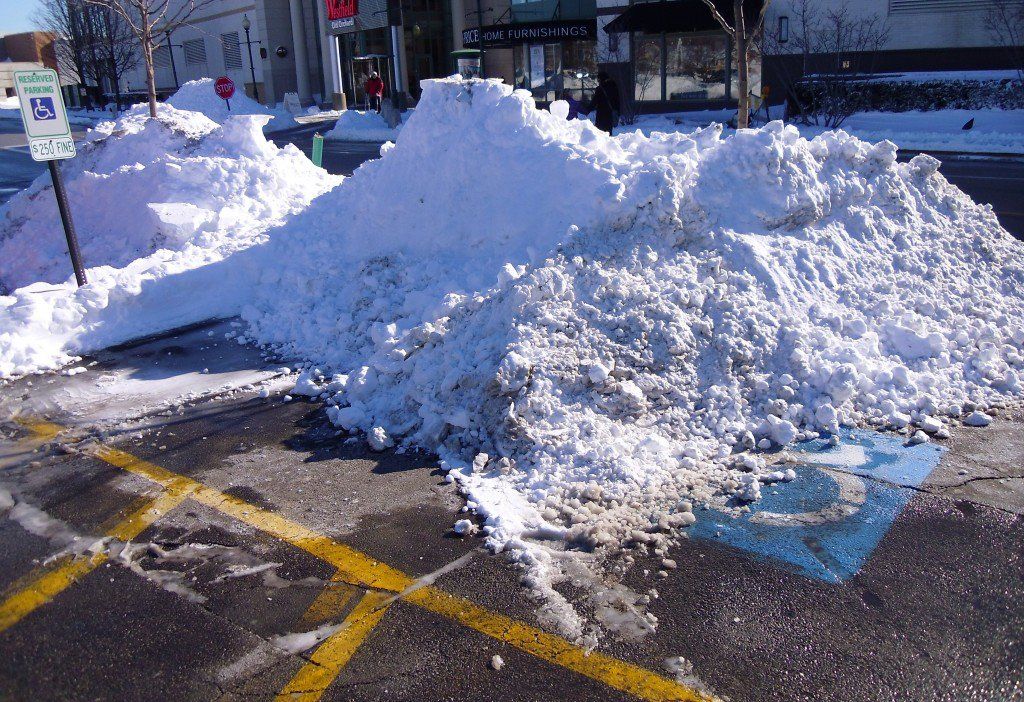
Don’t Push Snow into Accessible Parking Spots and Access Aisles
All that plowed snow has to go somewhere, and all too often it ends up in the access aisle next to the accessible parking space or even in the accessible parking space. Obviously, this makes it very difficult or impossible to get in and out of a car. A completely clear aisle is critical for a customer who uses a van with a lift that must extend into the access aisle.
Make sure staff or contracted services know that snow cannot be plowed or shoveled into the access aisles!
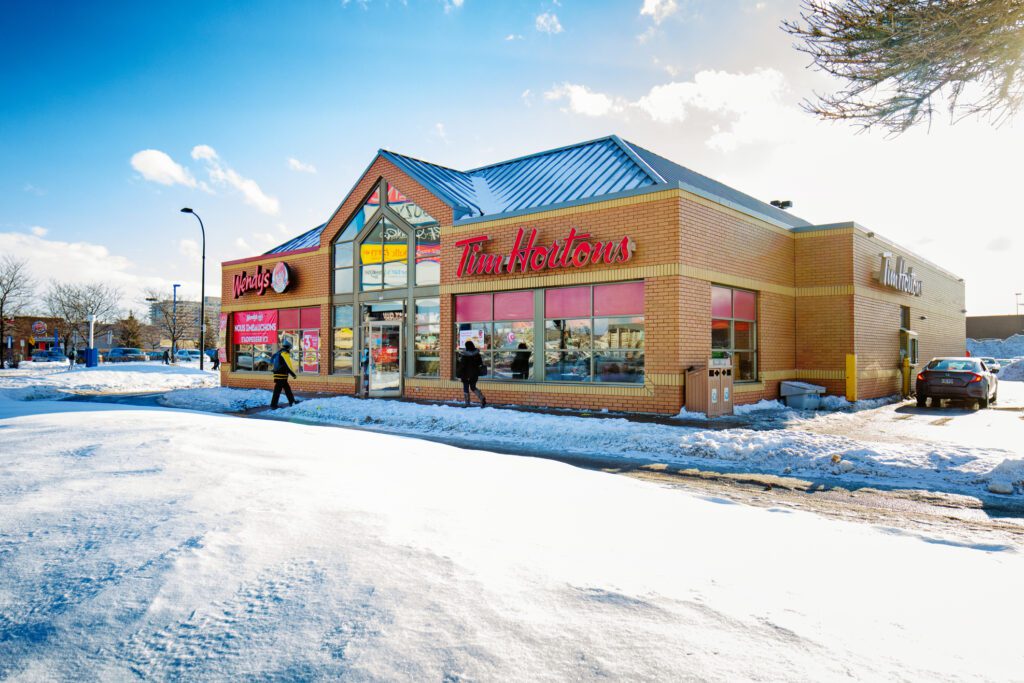
The Entire Accessible Route
Should be Cleared of Ice and Snow
The route from the accessible parking space(s) to the business’s interior should also be free of snow and ice.
An accessible route should be a minimum of 36 inches wide. This may not be completely possible after major snows and ice storms, but a fully cleared accessible route should be your goal.
Doors should open to allow at least 32 inches clear-width for wheelchair users to enter.
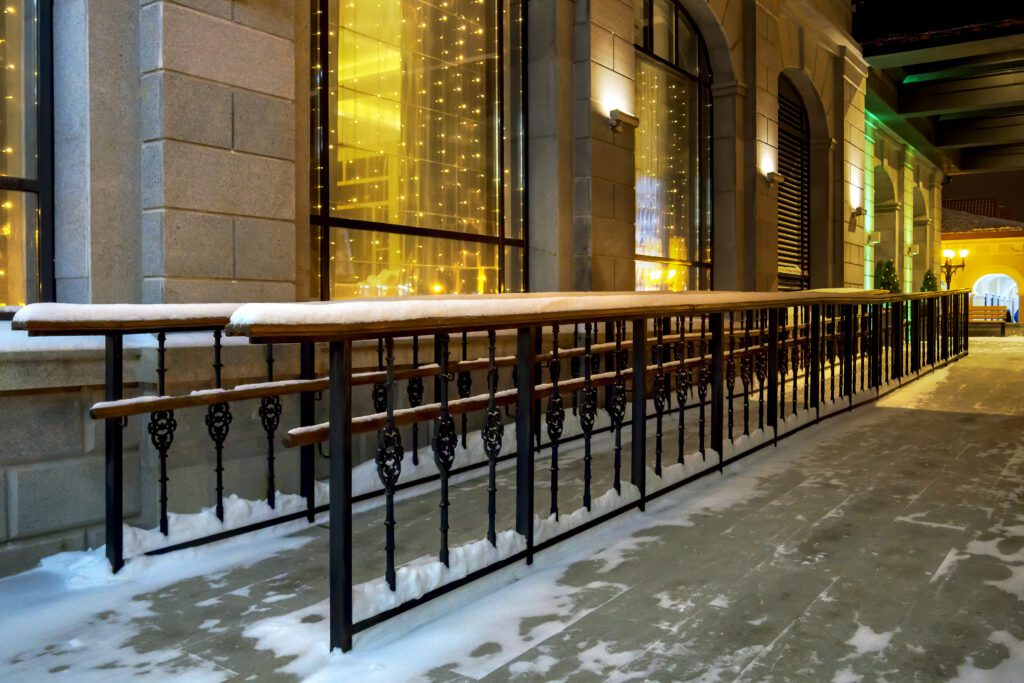
Shovel the Ramp!
Don’t forget to clear the ramp! In fact, shovel the ramp first. Customers and employees can use the ramp, while the steps are being cleared. (Many customers may prefer to use a ramp with handrails when there is snow and ice on the ground.)
Make sure the handrails are not ice covered so that they can be easily grasped. Be sure not to put the shoveled snow into the accessible route leading to the ramp.
Best Practice: Outdoor non-slip, weather-proof mats placed on ramps can increase traction.
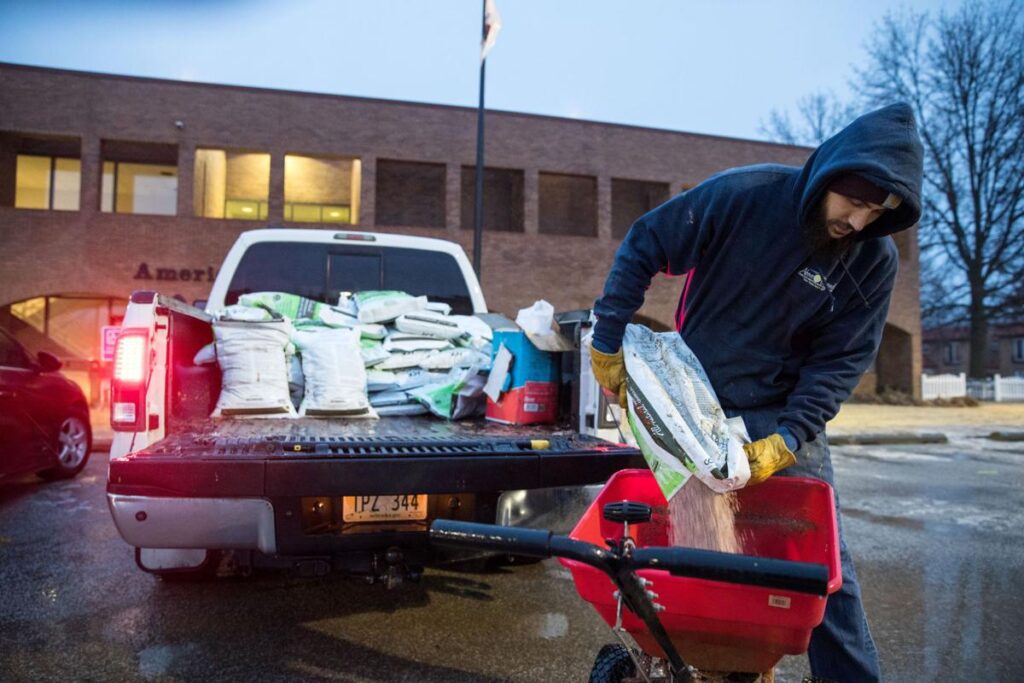
Don’t Forget to Pretreat
the Ramp for Ice and Snow
It can be easy to forget to pretreat ramps and focus only on steps and walkways. Make sure whoever is pretreating sidewalks and entrances also knows to include ramps and landings.
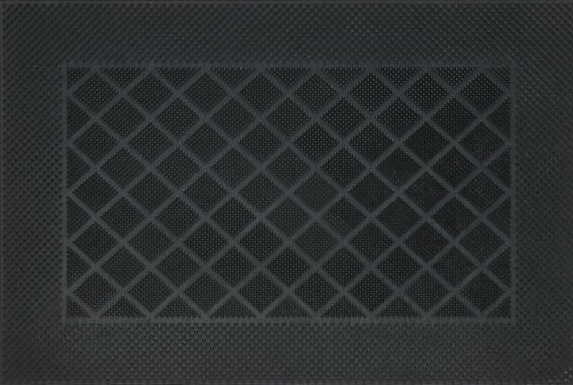
Doormats
Extra deep pile doormats may be great at stopping snow puddles, but they are very difficult for wheelchair users to wheel over.
Doormats are necessary, but coir matting (coconut matting) and ribbed or metal matting are not good choices for accessibility.
Doormats may have texture, but the texture should be light–not deep.

Best Practice Tip
Salt and some other types of pretreatments are hard on wheelchair tires and service dogs’ paws. Having some wipes and assistance available for patrons to remove excess pretreatments, ice, and snow is helpful.
